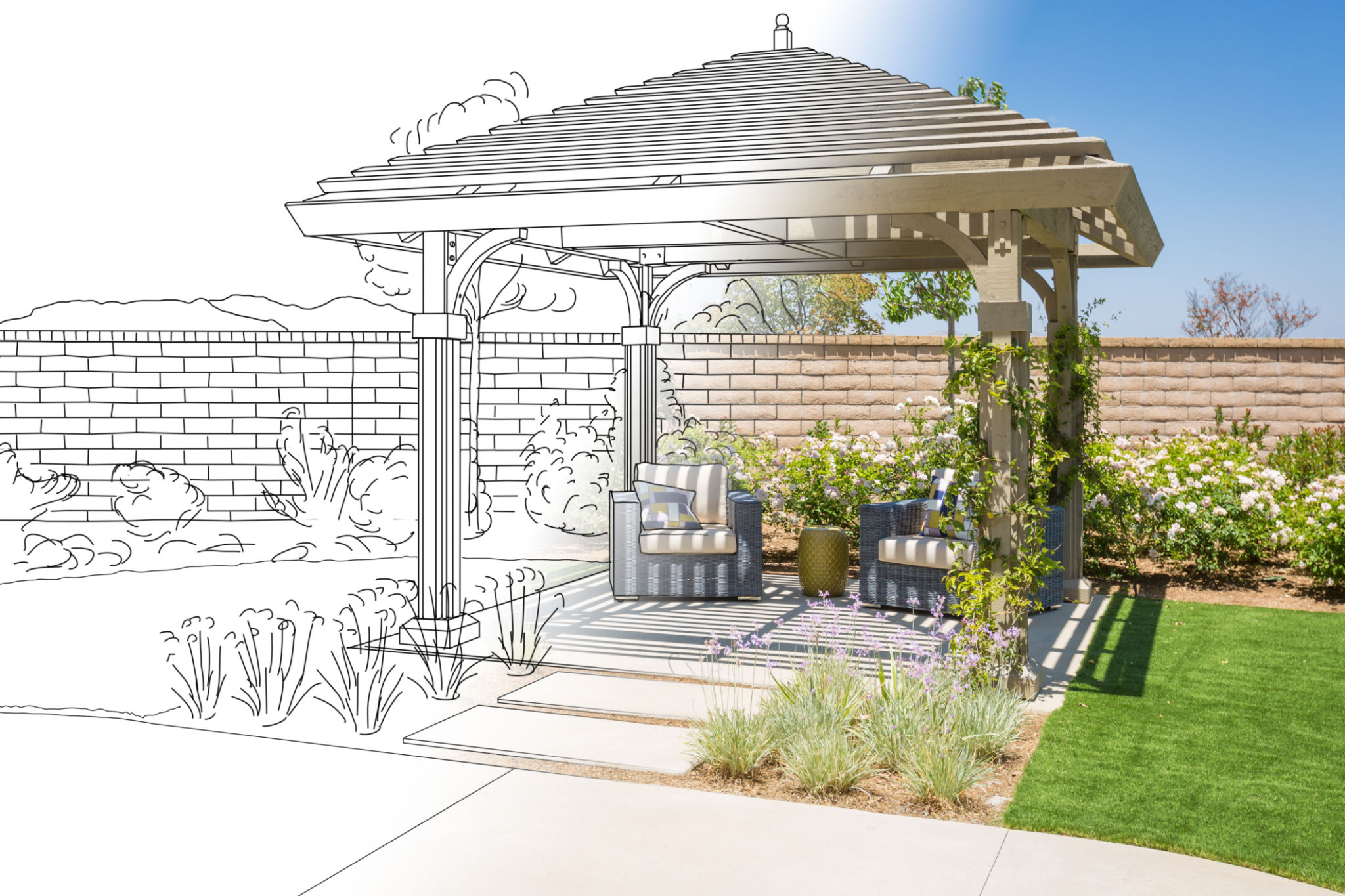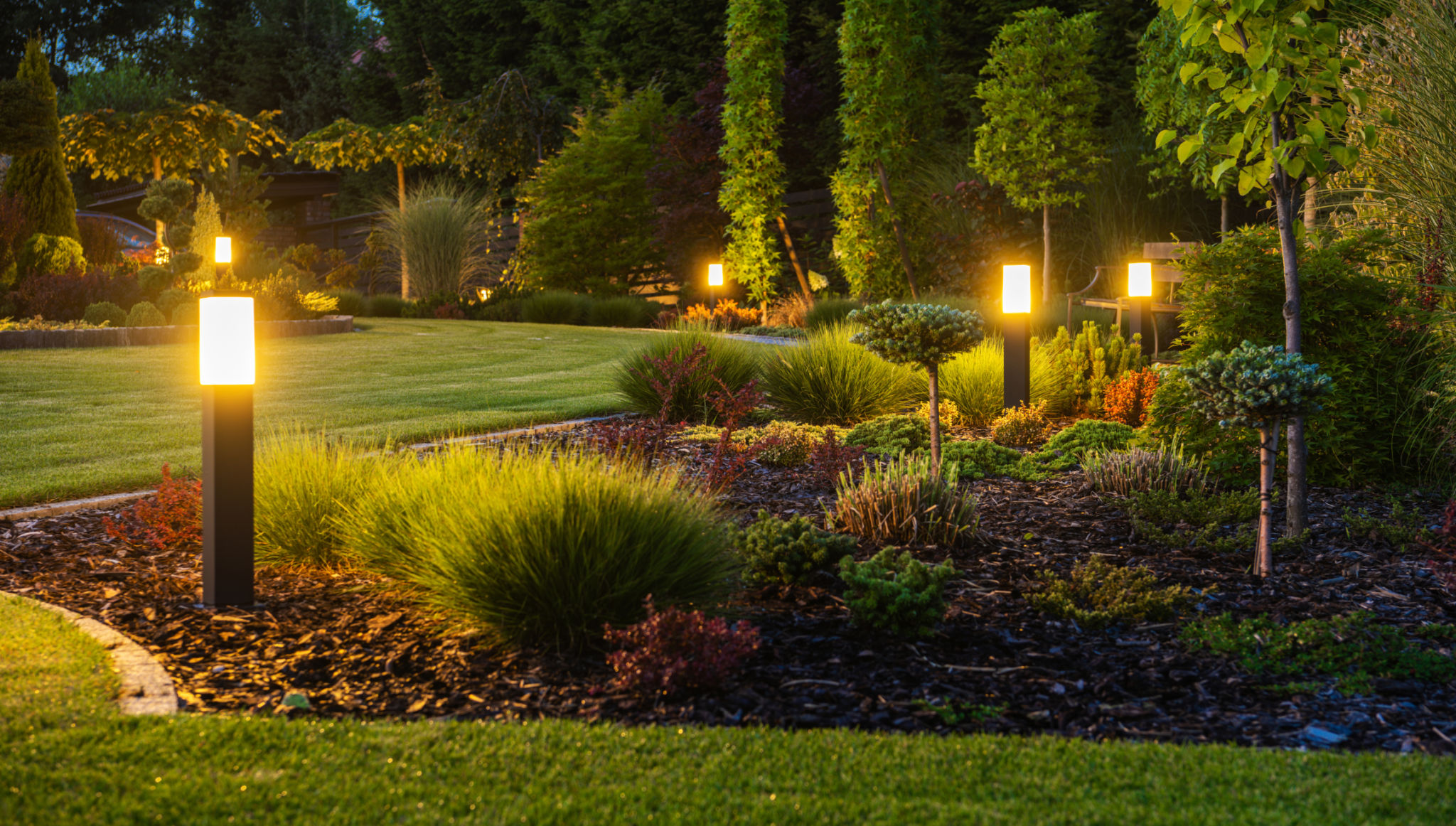Transform Your Outdoor Space: A Comprehensive Guide to Garden Design in Roseville
Understanding Your Space
Transforming your outdoor area into a stunning garden begins with understanding the unique characteristics of your space. Evaluate the size, shape, and location of your garden to determine how these factors might influence your design choices. Consider sun exposure, soil type, and existing vegetation as these will affect plant selection and placement.
Taking measurements and sketching a rough layout can provide a visual starting point. Note any permanent fixtures like sheds, patios, or large trees that could impact your design. This groundwork will help you make informed decisions, ensuring that your garden design is both beautiful and functional.

Setting Your Goals
Before diving into the design process, it's essential to set clear goals for your garden. Are you looking to create a tranquil retreat, a space for entertaining, or a family-friendly area for play? Identifying your primary objectives will guide your design choices and help you prioritize features.
Once you have a clear vision, consider creating a wishlist of elements you'd like to include, such as water features, seating areas, or specific plants. This list will serve as a roadmap, ensuring that your final design aligns with your goals.
Choosing a Style
Your garden's style should reflect your personal taste while complementing the overall aesthetic of your home. Popular garden styles in Roseville range from lush, tropical paradises to minimalist, modern designs. Take time to explore different styles and gather inspiration from magazines, online resources, or local gardens.

Once you've identified a style that resonates with you, think about how you can incorporate elements like color schemes, materials, and focal points to create a cohesive look. A well-defined style will help ensure that your garden feels intentional and harmonious.
Plant Selection and Placement
Choosing the right plants is crucial to the success of your garden design. Consider the climate in Roseville and select plants that thrive in this environment. Native plants are often an excellent choice as they typically require less maintenance and are well-suited to local conditions.
When selecting plants, think about their mature size, growth habits, and seasonal interests. Plan your layout by placing taller plants at the back and shorter ones in the front to create depth and dimension. Additionally, consider incorporating a mix of textures and colors for visual interest throughout the year.

Incorporating Hardscaping Elements
Hardscaping elements like pathways, patios, and walls add structure and functionality to your garden. Choose materials that complement your chosen style and fit within your budget. Natural stone, brick, or pavers are popular choices that can enhance the overall aesthetic of your outdoor space.
Consider how these elements will be used in everyday life and ensure they are practical and durable. Pathways should be wide enough for easy navigation, while seating areas should be comfortable and inviting.
Lighting Your Garden
Outdoor lighting can dramatically transform your garden's ambiance, making it enjoyable both day and night. Consider using a combination of ambient, task, and accent lighting to highlight key features and create a warm atmosphere.

Solar-powered lights are an eco-friendly option that can be easily installed along pathways or around seating areas. Additionally, string lights or lanterns can add a touch of charm and elegance to any garden setting.
Maintaining Your Garden
A well-maintained garden not only looks beautiful but also ensures the health of your plants. Regularly trim and prune plants to prevent overgrowth and remove any dead or diseased foliage. Implementing an irrigation system can save time and ensure consistent watering.
Seasonal tasks like mulching and fertilizing will promote healthy growth and keep your garden thriving. By dedicating time to routine maintenance, you'll enjoy a vibrant outdoor space year-round.
Inviting Wildlife
Encouraging wildlife to visit your garden can enhance its beauty and ecological value. Planting native flowers and shrubs will attract pollinators like bees and butterflies. Consider adding bird feeders or baths to invite birds into your space.

Creating habitats for beneficial insects can also help control pests naturally. By fostering a diverse ecosystem in your garden, you'll contribute to local biodiversity while enjoying the sights and sounds of nature.